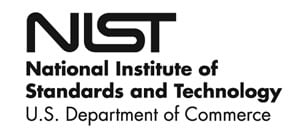RSS feed source: National Institute of Environmental Health Sciences
Synopsis
The goal of the Design for Environmental Sustainability in Computing (DESC) program is to address the substantial environmental impacts that computing has through its entire lifecycle from design and manufacturing, through deployment into operation, and finally into reuse, recycling, and disposal. These impacts go well beyond commonly-considered measures of energy consumption at run-time and include greenhouse warming gas emissions (GHGs), depletion of scarce resources like rare earth elements, and the creation of toxic byproducts. For instance, embodied energy, GHGs, and other harmful emissions from manufacturing computing systems can often be higher than the operational energy and resulting GHGs and harmful emissions systems will use and emit during their lifetime. Data centers can directly impact local ecosystems through heat management practices, as well as impacting local power management and capacity. Algorithmic, software, and workflow design choices; design of operating systems and middleware; and choices
Click this link to continue reading the article on the source website.
